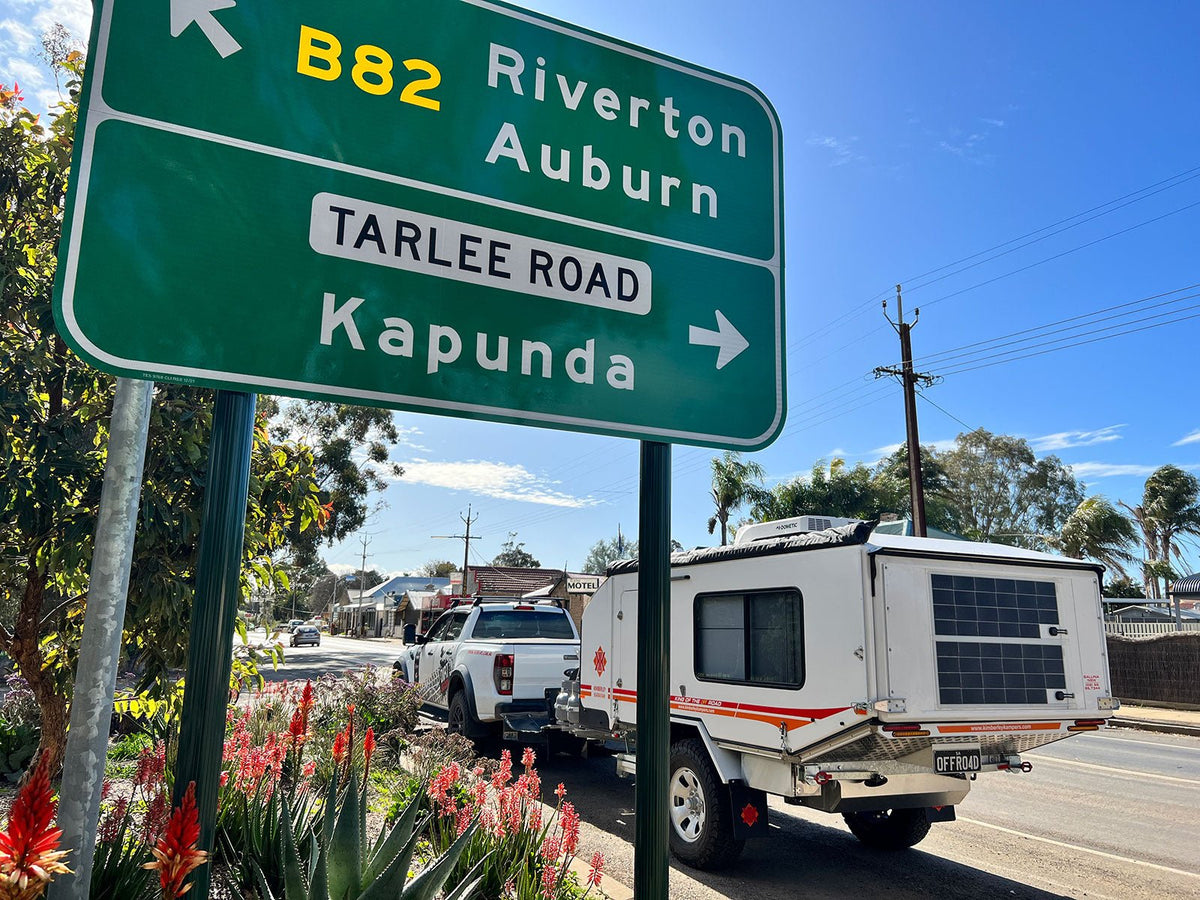
Smaller Towing Vehicles are a New Trend
|
|
Time to read 2 min
|
|
Time to read 2 min
If you have been poking around car dealerships scoping out the latest release tow vehicles, you will be aware that emissions and fuel economy are steering the market towards smaller engines. The ever-popular LandCruiser range highlighted this recently, ditching the popular V8 diesel in favour of a twin turbo V6 diesel, improving performance and fuel economy in the process. The strategy is expected to be replicated by Nissan with the upcoming Y63 Patrol release, with a twin turbo V6 petrol engine rumoured to be taking care of business. Expect performance to exceed the current 5.6L V8.
Economy goals are evident in other areas. The popular LandCruiser tyre size of 285/60 R18 is now reduced to 265/60 R18, reducing the sectional width by 20mm. A narrower tyre has less drag with an added benefit to fuel economy.
The new Ford Ranger has gone down the same path, reducing its Wildtrak tyre size from 265/60 R18 to 255/65 R18, a 10mm reduction in tyre width. In the case of the Ford, at least they have bumped up the tyre profile slightly, endearing it with more sidewall, better for offroad adventures.
If there is one thing we don’t love about our Everest Sport, it is the 20-inch wheels and low-profile tyres. Sure, the big black wheels wrapped in a thin strip of licorice look cool, but you feel every bump in the road as a result. In comparison, the Raptor’s offroad-ready light truck 285/70 R17 All Terrain tyres are streets ahead, with plenty of sidewall (70 vs 50 for the Everest).
Even the new Ranger now has a smaller optional V6 engine at a 3.0L capacity (from 3.2L). For most people, the standard 2.0L Bi Turbo engine will work fine; this is what we currently have in both the Everest and Raptor. But for towing duties the V6 will be better.
Like many, we have placed an order for a Next-Gen Ranger. In our case, it is the increased tow capacity and new V6 diesel as the key drivers. While the Raptor has delivered in comforts and capability, the reduced 2500kg tow capacity is its Achilles heel. And with the Next-Gen Ranger offering a little more kick for safer overtaking of road trains and the like, the upgrade had great appeal.
We love the ute concept for camping. The ability to pile all our dirty camping gear in the tub and the ease of strapping it all down far outweighs a wagon.
Then there is the added payload over a wagon. It is significant, around 35 per cent, comparing the Next-Gen Ranger to Everest. That means more after-market accessories such as a bull bar, drawer set, and a long-range tank without pinging the legal Gross Vehicle Mass (GVM). Keep in mind we need to allow for around 200kg of van ball weight for our hybrid van – there is not a lot of contingency in the standard wagon payload once you have allowed for down ball weight, passengers, camping gear, and accessories. There is always a GVM upgrade, however that is a significant investment. Still, it is worth doing the weight calculations with some contingency allowance to ensure you can keep it legal.
For those in the queue for a new vehicle or caravan, a long lead time does not have to be the case. The increase in interest rates is likely to bump a few orders. Ring around the dealers regularly and check what is available. Deals do get cancelled, and it is a lot easier for the dealer to offer it to the next buyer that walks off the street than to reorganise a lengthy list of other deals.
If you need help choosing your first RV or are considering upgrading your existing one, check out RV range available on TradeRVs today.
The sellers will be happy to help and answer any inquiries you may have about the products advertised for sale.
TIPS FOR GETTING THE BEST DEAL ON YOUR NEXT CAMPER TRAILER UPGRADE IN 2022